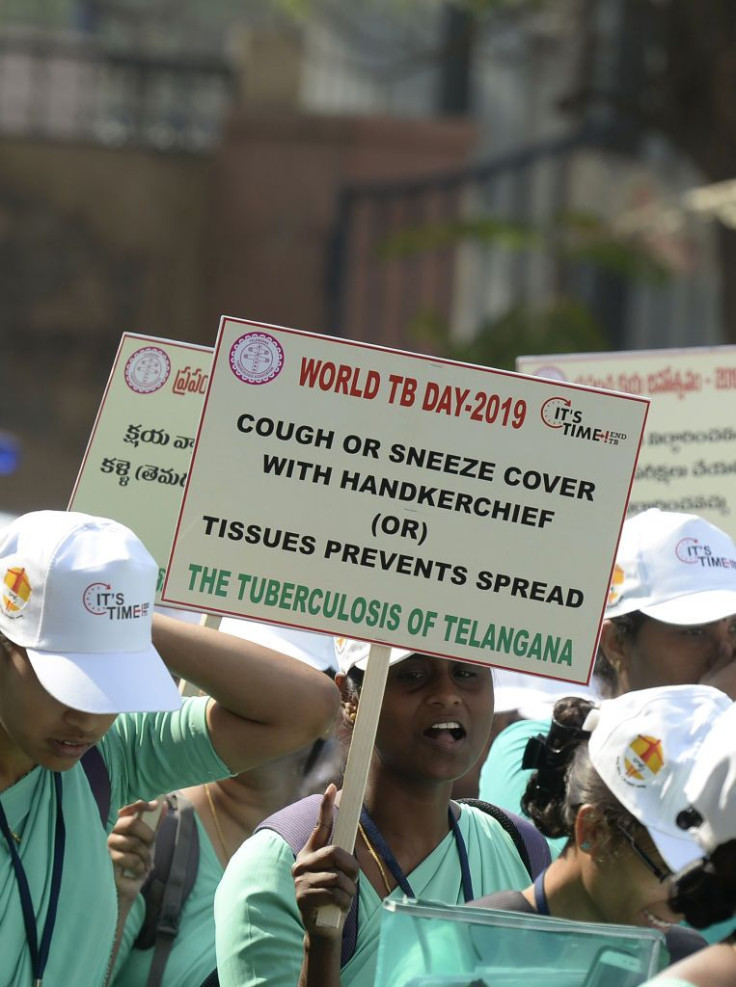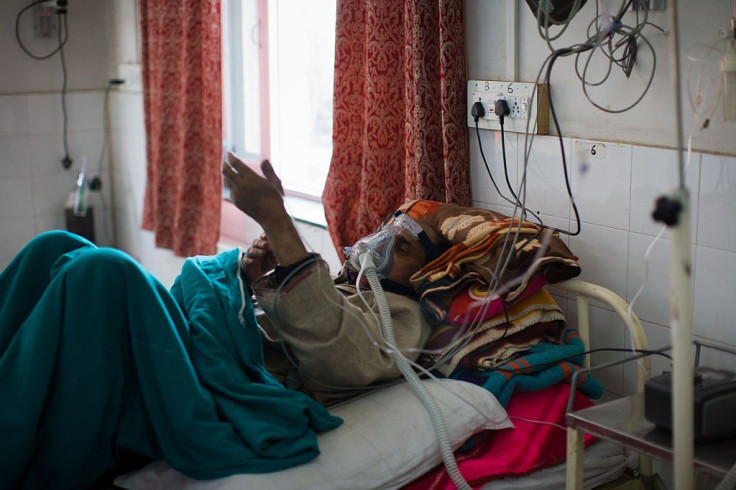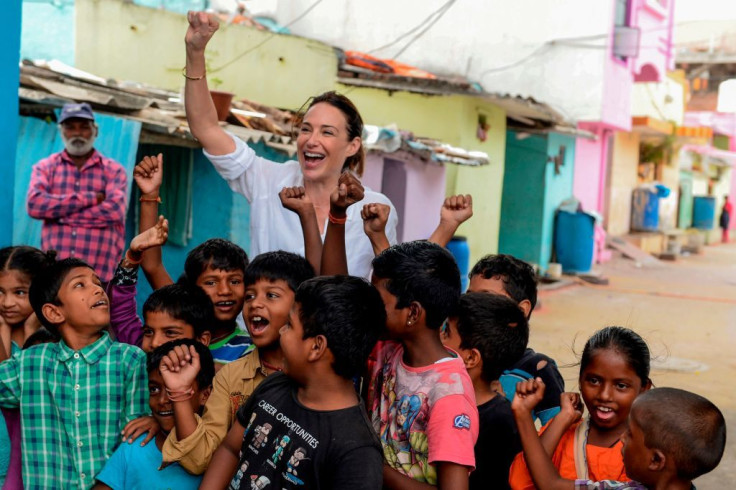Study Shows Extent, Danger of TB Exposure: Part I
In 2018, 8 countries – led by India – made up two-thirds of the world’s tuberculosis cases, followed by Bangladesh, China, Indonesia, Nigeria, Pakistan, the Philippines and South Africa. In an effort to eradicate the disease, global leaders from over 100 countries pledged to provide preventive TB treatment to the 24 million contacts of active TB patients by 2022. So far, the countries are far from reaching this goal.
As a result, on World TB Day March 24, 2020, the World Health Organization recommended to scale-up TB preventive treatment. Testing people for active TB, isn’t enough, the WHO said; household contacts and HIV patients must be screened for active TB, too. Those who test negative could still have latent TB, so they need preventive treatment. Symptomless people are not yet infectious, but they have a 5% to 15% lifetime risk of the disease developing into TB. Latent TB could also cause chronic illness and scar the lungs.
So far, the only people in India who receive preventive TB therapy are generally children under 6 years and people with HIV, but a new study is aimed at changing that policy.
This recent study, led by Johns Hopkins Medicine and conducted by American and Indian researchers, corroborates the effectiveness of proactive treatment in Indian homes, as per the WHO recommendations.

What The Study Said
The researchers tested 997 participants in the Indian cities of Pune and Chennai who had been exposed to a household member with pulmonary TB (affecting the lungs). They were tested for TB infection three times over a 24-month period. About 71% of these household contacts tested positive for TB infection during the first test; 2% got the disease within 24 months.
Despite this evidence, testing household contacts is not an integral part of the Indian healthcare system. “We found that not only are children and those with HIV at risk but others in the household are also at risk for TB, at rates much higher than the general population,” Amita Gupta, MD, professor of medicine at the Johns Hopkins University School of Medicine, told Medical Daily. “We found a high proportion of 70% had evidence of TB infection as measured by either a skin test of blood test. A positive TB infection test also means they are at higher risk for developing active TB." Dr. Gupta directed the research team in India.
These numbers indicate that for every 1,000 people, 12 people could get TB from someone in their home who has active TB, the researchers found. This finding justified the WHO guidelines recommending preventive treatments without testing individuals for TB. Widespread treatment could bring down the 2.4 million cases reported last year in the country, the researchers hope. A national TB control program was implemented, but mitigating factors -- the country's huge population of 1.3 billion people for one -- never allowed for any real success. In India, the population density is 1,190 per mile; in the United States, the density is 93.
Regarding how the country would progress and benefit from preventive treatment, Dr. Gupta said, "Stronger health systems benefit not only the fight against TB but also [against] other communicable and non-communicable diseases. By investing in health systems and science now we can overcome the perils of crumbling infrastructure, underpaid and undermotivated staff, poor data management systems, lack of accountability, and erroneous beliefs."

Limited Testing Calls for Shorter Treatments Of Exposed Contacts
In poor countries, widespread testing for TB is not feasible due to its cost and complexity. Therefore, the WHO does not insist on testing household contacts before giving them treatment. "We need to make a distinction between testing for active TB disease" -- involving a symptom screen, sputum examination, chest X-ray "and testing for latent TB infection" -- involving skin and blood tests, said lead author Mandar Paradkar in an interview with Medical Daily. "Of course, any contact with symptoms should be tested to make sure they don't have active TB. Our study only suggests that testing for latent TB infection is not necessary for preventive treatment decisions,” Dr. Paradkar, MBBS, DCH, MPH, a pediatrician is the study coordinator at the Byramjee Jeejeebhoy Government Medical College Clinical Research Site in Pune.
Generally, isoniazid, an antibiotic, is given 6 to 9 months for latent TB. However, the WHO proposes shorter durations of treatment to successfully treat as many people as possible. Dr. Gupta explained why. “There are also many new shorter and more tolerable preventive treatment regimens that are 1– 3 months long in duration (compared to 6– 9 months of isoniazid), [so] it is easier to protect household members from developing TB disease after they have been exposed. India can readily use its human capital, know-how in information technology and its ability to develop low cost medicines to identify new cases, and offer household contacts safe and affordable TB prevention.”
According to Dr. Gupta, it’s important to find the high-risk populations and hot zones where there is a lot of disease transmission. “Household contacts of newly diagnosed TB cases are such a group, as people recently exposed to TB, and are at much higher risk of developing TB than the general population.’'
Other Reasons for Higher TB Case Numbers
Tuberculosis can become resistant to treatment. This is a common problem and occurs when people fail to complete treatment or they take it incorrectly. In 2017, there were an estimated 558,000 cases of drug-resistant TB. Even though India alone reported 130,000 drug resistant TB cases in 2018, the researchers did not take this into account. “Our study was conducted among contacts of drug sensitive TB patients, so they cannot directly comment on the impact of proactive treatment on drug resistance,” Dr. Paradkar added.
Alcohol and tobacco use is associated with an increased risk of TB infection. In this study, household exposure was not associated with smoking, alcohol consumption and diabetes during the study period, the researchers maintained.
Tomorrow: More on TB and other respiratory illnesses, particularly COVID-19.




























